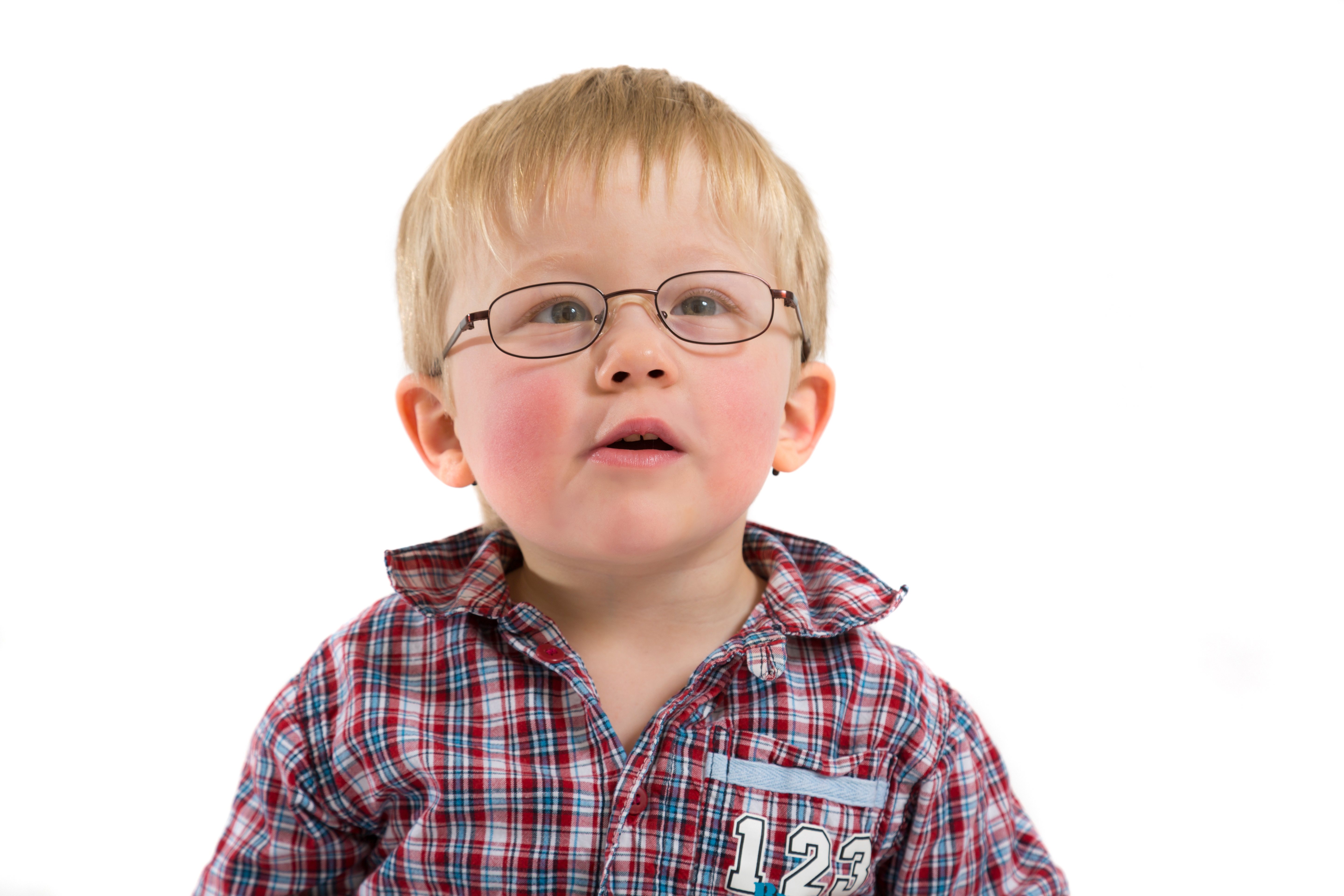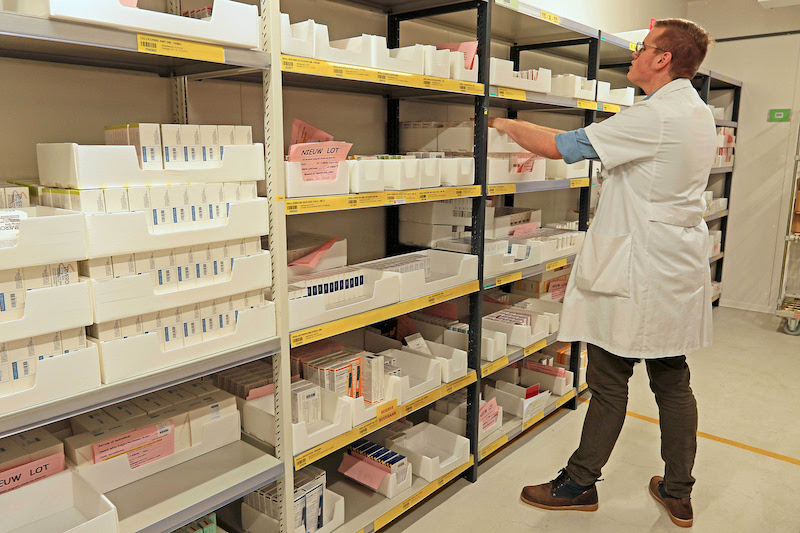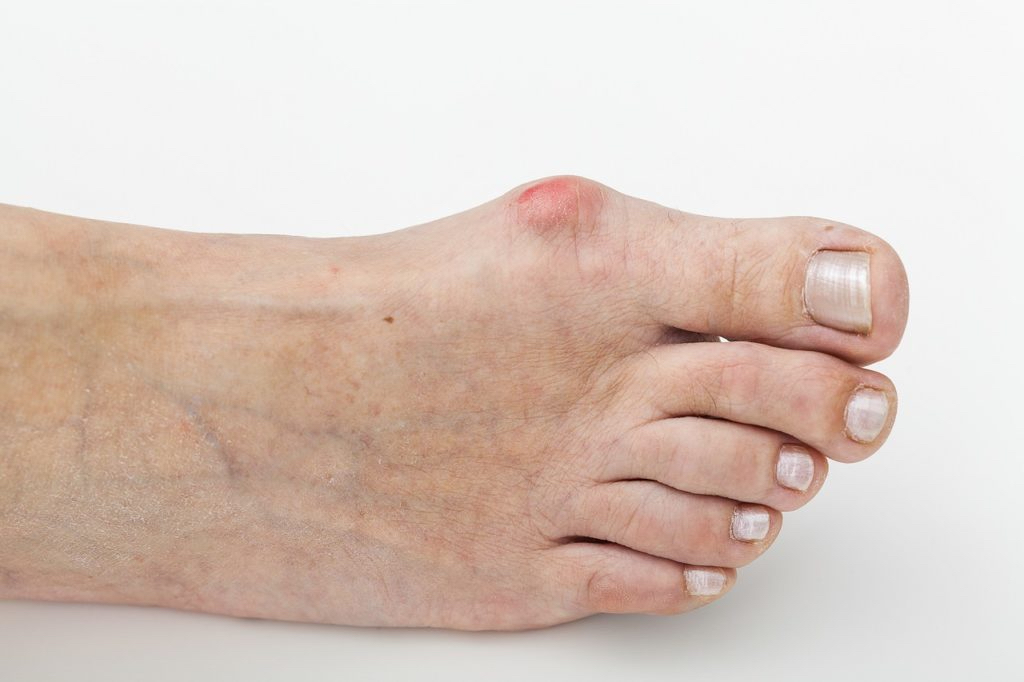
The importance of vision care in children
A periodic monitoring of vision in children is crucial for their first months of life. Thus, it is possible to detect refractive defects or anomalies that may prevent the proper development of the child’s visual system.
There are a variety of tests and diagnostic technologies adapted to the child’s age that allows us to know the real state of the eye and the level of vision development. Some examples are the optical coherence tomography of spectral domain, the videoculography, preferential looking tests and even different assessment visual capabilities tests guided by a computer.
At OFTALMAR, you can find the most advanced technology and the most experienced professionals in children’s vision offering comprehensive control of their visual development. Specifically, OFTALMAR’s Paediatric Ophthalmology, Strabismus, and Binocular Vision Unit offers a specialized service of paediatric ophthalmology by Dr Maria Merino Suárez, a national reference with an extensive experience, and author of several scientific papers in the field of children’s vision and the study of lazy eye (amblyopia). Besides, Dr Alberto Artola is also an OFTALMAR’s team member and professor at the Universidad Miguel Hernandez, as well as the optometrist David Piñero, professor in the Department of Optics, Pharmacology and Anatomy at the Universidad de Alicante and scientific leader in the field of optometry and binocular vision.
Lazy eyes
A regular monitoring of the child’s vision allows early detection of abnormalities such as lazy eye or amblyopia in which one or both eyes show a decrease of vision that is not correctable by using glasses or other means. The lazy eye affects approximately 5% of the population, and the effectiveness of its treatment to date can be found in a correct diagnosis at birth. Various causes can lead to this condition. For instance, the presence of a deviation manifested in one eye (strabismus), a marked difference in ranking between the two eyes (anisometropia) or the existence of a condition that prevents the arrival of light to the retina.
The latter forms a proper image (withdrawal) as the consequence of the presence of a cataract or falling of an eyelid (ptosis), which significantly limits the eyelid opening. Clearly, the impact of amblyopia in the child’s development is very relevant, as various scientific studies published recently have revealed (Chen Y and colleagues. Longitudinal impact on quality of life for school-aged children with amblyopia treatment: perspective from children. Current Eye Research 2016).
In addition to amblyopia, other anomalies that can cause discomfort in the child and have a significant impact on their daily lives, but not as severely as amblyopia, also exist. They are the binoculars problems associated with strabismus. These are conditions in which the performance and coordination of the two eyes are suboptimal, causing eyestrain and generating some difficulty performing tasks, especially regarding near vision. They are problems of convergence and accommodation.
Do not forget to check your children’s vision periodically. OFTALMAR has a specialized Unit in children’s vision that provides a highly efficient, personalized, and accurate care service. A Unit with dedicated professionals that allow an ethical paediatric ophthalmology service, with quality and always thinking about the benefit of the patient. OFTALMAR, a universe of professionalism that always takes care of your eyes and those of children too.




